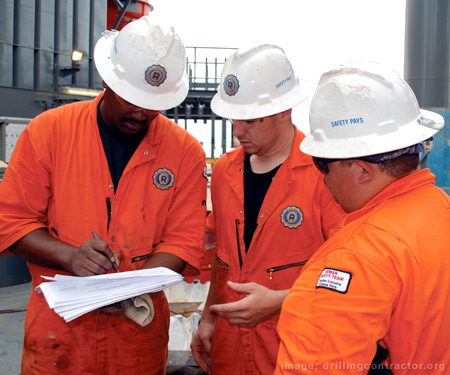Effective pest control often involves the use of hazardous materials. To ensure the safety of workers and the environment, it is crucial to minimize risks associated with these substances. This article explores best practices for reducing the dangers of working with hazardous materials in pest control, highlighting the importance of safety training, such as the NEBOSH Course in Pakistan, to equip professionals with the necessary knowledge and skills.
Understanding the Risks
Pest control professionals frequently handle chemicals that can pose significant health risks. These risks include respiratory problems, skin irritation, and long-term health issues like cancer. Proper training, such as the NEBOSH Course in Pakistan, is essential for understanding these hazards and learning how to manage them effectively. This course provides comprehensive education on identifying and controlling risks, ensuring that workers are well-prepared to handle hazardous materials safely.
Importance of Safety Training
NEBOSH in Pakistan offers a variety of safety training programs designed to equip pest control professionals with the knowledge needed to handle hazardous materials safely. These programs cover essential topics, including proper handling techniques, the use of personal protective equipment (PPE), and emergency response procedures. By completing these courses, workers can significantly reduce their risk of exposure to harmful chemicals.
Personal Protective Equipment (PPE)
Wearing appropriate PPE is one of the most effective ways to protect against the dangers of hazardous materials. Essential PPE for pest control workers includes gloves, masks, goggles, and protective clothing. Training programs, such as the NEBOSH Course in Pakistan, teach workers how to select, use, and maintain PPE to ensure maximum protection. Regular inspections and maintenance of PPE are also crucial to ensure their effectiveness.
Types of PPE for Pest Control
- Gloves: Protect hands from direct contact with chemicals.
- Masks and Respirators: Prevent inhalation of toxic fumes and particles.
- Goggles: Shield eyes from splashes and airborne contaminants.
- Protective Clothing: Provides a barrier against spills and splashes.
Safe Handling and Storage of Chemicals
Proper handling and storage of hazardous materials are critical to minimizing risks. Workers should be trained to read and understand Safety Data Sheets (SDS) for each chemical they use. These sheets provide vital information on the properties of chemicals, potential hazards, and recommended safety precautions. NEBOSH in Pakistan courses emphasize the importance of following these guidelines to prevent accidents.
Best Practices for Handling Chemicals
- Always read the SDS before using any chemical.
- Use chemicals in well-ventilated areas to avoid inhalation.
- Measure and mix chemicals carefully to prevent spills and splashes.
- Never eat, drink, or smoke while handling hazardous materials.
Best Practices for Storing Chemicals
- Store chemicals in their original containers with labels intact.
- Keep storage areas well-ventilated and away from direct sunlight.
- Segregate incompatible chemicals to prevent dangerous reactions.
- Ensure storage areas are locked and accessible only to trained personnel.
Emergency Response and First Aid
In the event of an accident, prompt and effective response can prevent severe injuries and environmental damage. NEBOSH Course in Pakistan provides training on emergency procedures, including evacuation plans, spill containment, and first aid measures. Workers should be familiar with these procedures and practice them regularly through drills and simulations.
Key Emergency Response Steps
- Evacuate the Area: Ensure the safety of all personnel by evacuating the affected area immediately.
- Contain the Spill: Use appropriate containment materials to prevent the spread of hazardous chemicals.
- Administer First Aid: Provide immediate first aid to anyone exposed to hazardous materials, following the guidelines provided in the SDS.
- Notify Authorities: Report the incident to relevant authorities and follow their instructions for further action.
Continuous Improvement and Training
The field of pest control is constantly evolving, with new chemicals and techniques being introduced regularly. Continuous training and education are essential for staying up-to-date with the latest safety practices. NEBOSH in Pakistan offers ongoing professional development opportunities to ensure workers remain knowledgeable about current best practices and regulatory requirements.
Conclusion
Minimizing the risk of working with hazardous materials in pest control is essential for protecting workers and the environment. Comprehensive safety training, such as the NEBOSH Course in Pakistan, provides pest control professionals with the knowledge and skills needed to handle hazardous materials safely. By following best practices for PPE, chemical handling and storage, and emergency response, workers can significantly reduce their risk of exposure to harmful chemicals. Continuous education and adherence to safety protocols are key to maintaining a safe and effective pest control operation.
